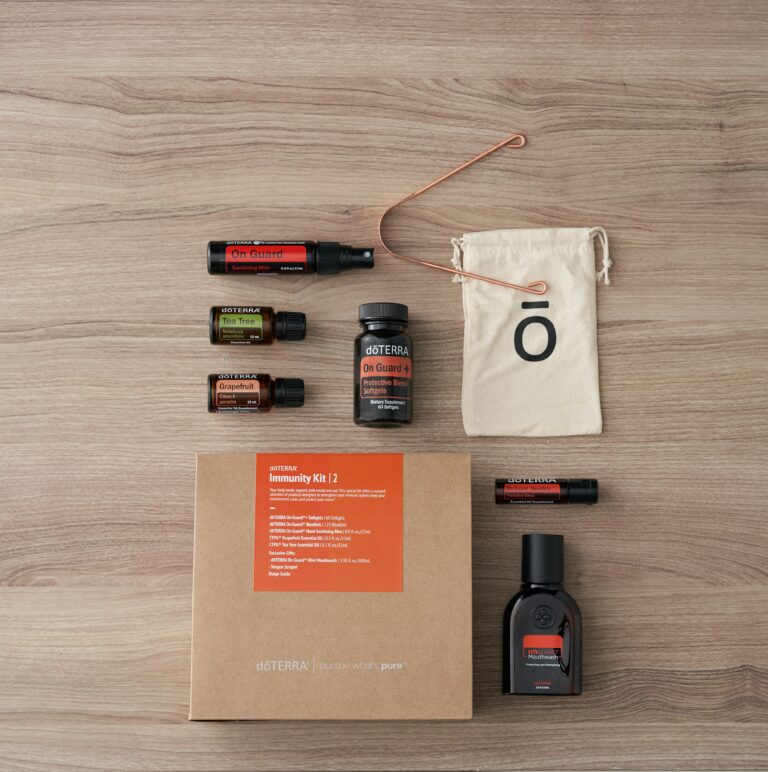How to Use Color Psychology in Marketing
When we talk about marketing, the things that first come to mind are products, promotions, and markets. But rarely do we think about the colors used when implementing marketing strategies. Colors have a significant impact on your marketing efforts as they can influence your target audience in ways you’ve never thought. The practice of using colors to your advantage is known as color psychology, and it can make a huge difference in how you promote your products/services.
When you use the right colors, you can communicate more effectively with your customers. Not only that, but a unique blend of colors will help you stand out from your competitors. This article will discuss color psychology and how you can use it alongside your marketing strategies.
What does color psychology mean?
Color psychology refers to how colors influence human behavior. Different colors evoke different reactions, so marketers and advertisers experiment with multiple colors to create an emotional response. The concept of color psychology is nothing new as it dates back thousands of years in Ancient Egypt. It was only until the late 1660s, when Sir Isaac Newton discovered the color spectrum, that we learned more about colors and their effects on human behavior.
German artist and politician Johann Wolfgang von Goethe published a book called Theory of Colours, which delved deep into the perception of colors by humans. Since then, neuroscientists have continued to study colors and how it affects people’s moods, decisions, and thinking.
When used correctly, color psychology can elevate your brand’s awareness by up to 80% and make it more unique in the public’s eye. Think of color psychology as a tool that can significantly improve the effectiveness of your marketing. With that said, let’s discuss the psychology behind each color to learn more about how to use them.
Red
The color red is bold and striking as it’s commonly associated with intense passion. Because of this, brands like to use the color red to capture the attention of their target audience. Companies like Netflix and YouTube are great examples of this as they trigger excitement from viewers who watch their videos.
Big-name brands like Coca-Cola and McDonald’s use red in their logos because the color also encourages appetite. Since red is an intense color, you want to avoid using it excessively, as it can overpower other colors and diminish the tone of your marketing message.
Blue
The color blue evokes feelings of trustworthiness, reliability, and stability. Brands like Nokia, Intel, and Volkswagen use blue to establish these characteristics with their brand image. If you want your brand to be associated with long-lasting quality, then blue is an excellent color to use.
However, the color blue can also portray feelings of coldness and sadness. You can use it as a primary color for your marketing strategies, but make sure to surround it with other colors to balance out the negatives.
Green
The color green is typically associated with growth, health, and prosperity. That’s why you see many fitness products and health companies use the color green to convey wellness and vigor. Some well-known brands that use green in their logos are Whole Foods Market, Tropicana, and Starbucks.
Green also represents nature, and one brand that implements this color well is John Deere. The company manufactures agricultural equipment and incorporates green colors into its machines. When customers see their brand logo, they know it’s for lawn care and agricultural use.
Orange
Brands use the color orange to hint at a bit of creativity, adventure, and enthusiasm in their messages. You can utilize the color orange to spice up any marketing that lacks firm color profiles. Because of its bright and playful characteristics, brands like Nickelodeon and Fanta use orange to convey energy and fun.
Home Depot is another example. By selling DIY tools to the market, they can spark creativity with their target audience. You can use the color orange to accentuate other parts of your marketing that need a bit more attention.
Yellow
When it comes to branding, yellow represents cheerfulness and vibrancy. Companies like Best Buy, Ikea, and even McDonald’s use yellow to evoke feelings of happiness and satisfaction. If you want to communicate with your audience in a light-hearted tone, using yellow will help you achieve just that.
Adding a touch of yellow to your marketing will help make customers feel optimistic about your product/services. Consider using yellow and blue to convey positivity and reliability (Ikea is a good example).
Purple
Purple is seldom used in marketing as it’s less versatile than other colors. Usually, purple represents wisdom, nobility, and luxury. If you want to use purple in your marketing, use it as an accent color to complement your primary color choices. Brands that use purple are Cadbury, Hallmark, Yahoo, and Twitch.
Neutral colors
Neutral colors like white, black, and gray have a time and place in your marketing strategy. The great thing about these colors is that you can mix and match them with every color imaginable. You can tone down a color using darker shades or amplify them using lighter tones. We recommend using neutral colors to highlight products and emphasize texts with your marketing strategies. Combine them with two pop colors, and you can make your products stand out.
Implementing colors in your marketing strategies
Now that you have a solid understanding of the psychology of each color, it’s time to use them strategically in your marketing efforts. These four tips will help you elevate your brand image and connect more deeply with your target audience.
1. Pick colors that empower your brand’s identity
Before you start formulating your marketing strategy, ask yourself a few questions first:
- How do I want my customers to perceive my brand?
- What message do I want to send to my target audience?
- What are the values that my company should represent?
Once you have a clear answer to these questions, you’ll get a good idea of which colors to use for your marketing strategies. For example, if you want your customers to associate your brand with premium quality, the colors purple and blue are excellent choices. You can also go with
Orange and yellow to inspire confidence and satisfaction in your product offerings.
Avoid using colors that do not correlate with your brand’s primary colors. If you’re running a law firm business, stick to using subdued colors as anything bright like reds and yellows will make your marketing efforts look less professional.
2. Use bright colors on your call-to-action buttons (CTA)
Your call-to-action button (CTA) is responsible for generating conversions. You want to ensure that your CTA stands out the most on your landing page so that customers can identify it quickly. Remember, a landing page is less about navigation and more about product promotion.
Use bright colors like reds, yellows, and oranges in your call-to-action buttons to make it stand out from the rest of the contents on your landing page. Experiment with different colors and run an A/B test to see which delivers the most conversions.
3. Use a combination of three colors for your website
Your website is the front page of your business, and how it looks will have a significant impact on how customers perceive your brand. It can be easy to splash a ton of color to a website and make it look like a splotchy palette. Instead, you want to follow the 60/30/10 color rule used by most website designers, and that is 60% primary color, 30% secondary color, and 10% accent color.
The 60/30/10 rule allows you to strategically use colors to your advantage and make the overall design look seamless. For example, if your brand uses blue as a primary color, you can use white as a secondary color and teal as an accent color. Just look at the big brands like Nike and Adidas. Their websites use white as their primary color, with black as a secondary color and yellow or gray as their accent color.
4. Make your signage stand out
Signage plays a massive role in communicating information to your customers. That said, you want your signage to stand out from the elements surrounding it. For example, if your business is in a busy city street, you can use vibrant neon lights like purples, oranges, and yellows to make your signage more noticeable.
But that doesn’t mean you should stick to bright colors with your signage. There are instances where subdued colors fit your signage more, for example, when your building’s colors come with a lighter shade. Dark blue signages are great for creating separation between a beige-colored building, so keep that in mind when designing your signage.
In summary
When developing a marketing strategy for your business, you must consider colors. The colors you choose will affect how customers perceive your brand and how you can influence them to take action. By learning about color psychology, you can use colors to your advantage and improve the quality of your marketing efforts.
Accurate bookkeeping is essential for maintaining healthy profits in your business. If you require professional bookkeeping services, our team is here to help. Feel free to fill out the form below, and we’ll be in touch with you shortly.








